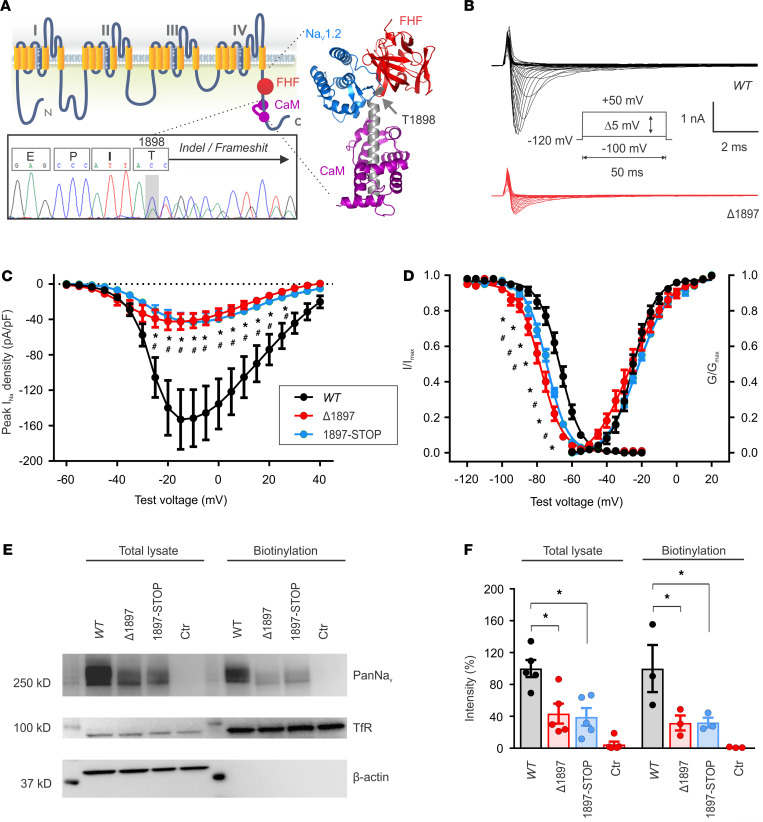Figure 1. NaV1.2Δ1897 channels display reduced peak Na+ current density in transfected cells.
(A) Schematic of the NaV1.2 pore-forming α subunit. The bottom inset showing genomic DNA sequencing, which demonstrates the T1898N frameshift in one of the alleles in Scn2aΔ1898/+ mice. The right inset shows the location of T1898 on the crystal structure (Protein Data Bank entry: 4JPZ) of the ternary complex of the NaV1.2 C-terminal domain (CTD, blue; truncated helix shown in gray), FGF13 (FHF, red), and calmodulin (purple). The arrow indicates the location of T1898. (B) Exemplar current traces for NaV1.2WT and the frameshifted/truncated NaV1.2Δ1897 channel (p. T1897NsfX27, equivalent to T1898 in mice) expressed in HEK293 cells. (C) Peak current density-voltage relationships for NaV1.2WT (n = 11), NaV1.2Δ1897 (Δ1897, n = 11), and a NaV1.2 with a stop codon inserted at T1897 (1897–STOP, n = 12). Asterisks represent 2-way ANOVA followed by Dunnett’s multiple-comparison test. Peak INa density × mutation, F(40, 620) = 9.732, P < 0.0001. (D) Steady-state inactivation (I/Imax) (WT, n = 15; Δ1897, n = 11; 1897–STOP, n = 12) and activation (G/Gmax) relationships for the 3 channels. Asterisks represent 2-way ANOVA followed by Dunnett’s multiple-comparison test. I/Imax × mutation, F(40, 700) = 12.34, P < 0.0001. (E) Exemplar immunoblot of whole cell lysates or the biotinylated surface fraction from HEK293 cells expressing the 3 channels. Transferrin receptor (TfR) and actin represent a membrane and cytoplasmic marker, respectively, that demonstrate successful separation of the biotinylated membrane fraction. Molecular weight markers are shown on the left. See complete unedited blots in the supplemental material. (F) Quantification of intensities (relative to WT) from immunoblots (total lysate, n = 5; biotinylation, n = 3). Asterisks represent 1-way ANOVA followed by Dunnett’s multiple-comparison test. Total lysate, F(3, 16) = 15.4, P < 0.0001; NaV1.2WT versus NaV1.2Δ1897, P = 0.0029; NaV1.2WT versus 1897–STOP, P = 0.0016. Biotinylation, F(3, 8) = 6.963, P = 0.01; NaV1.2WT versus Δ1897, P = 0.04; NaV1.2WT versus 1897–STOP, P = 0.04.

